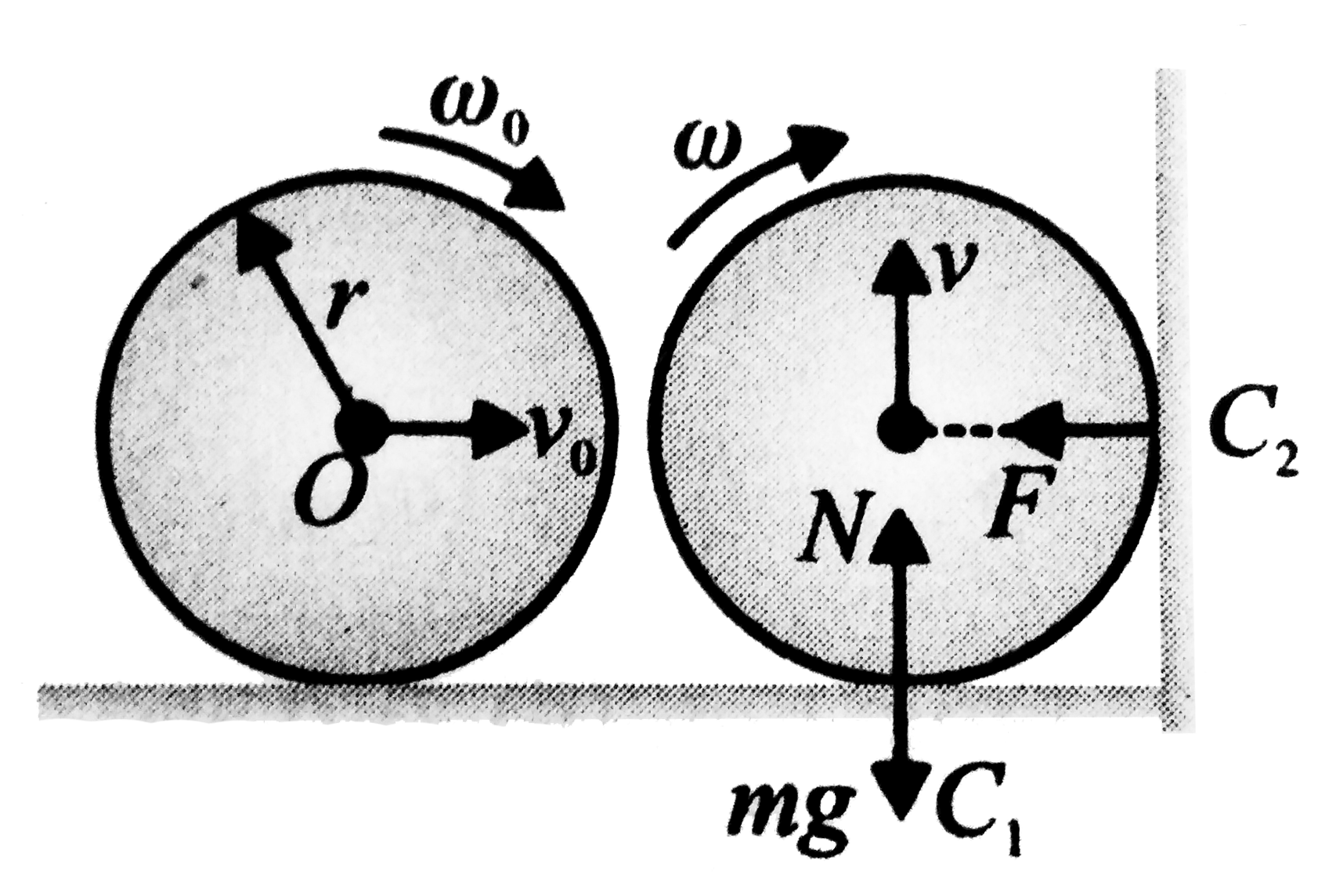Text Solution
Verified by Experts
|
Topper's Solved these Questions
RIGID BODY DYNAMICS 2
CENGAGE PHYSICS|Exercise Subjective|19 VideosView PlaylistRIGID BODY DYNAMICS 2
CENGAGE PHYSICS|Exercise Single Correct|142 VideosView PlaylistRIGID BODY DYNAMICS 2
CENGAGE PHYSICS|Exercise Exercise 3.3|21 VideosView PlaylistRIGID BODY DYNAMICS 1
CENGAGE PHYSICS|Exercise Integer|11 VideosView PlaylistSOUND WAVES AND DOPPLER EFFECT
CENGAGE PHYSICS|Exercise Integer|16 VideosView Playlist
Similar Questions
Explore conceptually related problems
Knowledge Check
Similar Questions
Explore conceptually related problems
CENGAGE PHYSICS-RIGID BODY DYNAMICS 2-Exercise 3.4
- A sphere rolling on a horizontal rough surface Collides elastically wi...
04:45
|
Play - A uniform bar of length 6a and mass 8m lies on a smooth horizontal tab...
07:28
|
Play - A circular wooden hoop of mass m and radius R rests fiat on a friction...
05:56
|
Play - A stick of length l lies on horizontal table. It has a mass M and is f...
08:23
|
Play - A thin uniform rod of length l is initially at rest with respect to an...
03:25
|
Play - A thin spherical shell of radius R lying on a rough horizontal surface...
02:40
|
Play - A wheel rolling along a rough horizontal surface with an angular veloc...
07:30
|
Playing Now - Two identical particles B and C each of mass 50 g are connected by a l...
04:32
|
Play - A rod AB of mass M and length 8l lies on a smooth horizontal surface. ...
11:10
|
Play - A uniform rod of mass M and length a lies on a smooth horizontal plane...
03:39
|
Play - In the shown figure a mass m slides down the frictionless surface from...
09:03
|
Play - A small mass particle is projected with an initial velocity v(0) tange...
10:19
|
Play - A thin uniform rod of length l is initially at rest with respect to an...
03:25
|
Play
